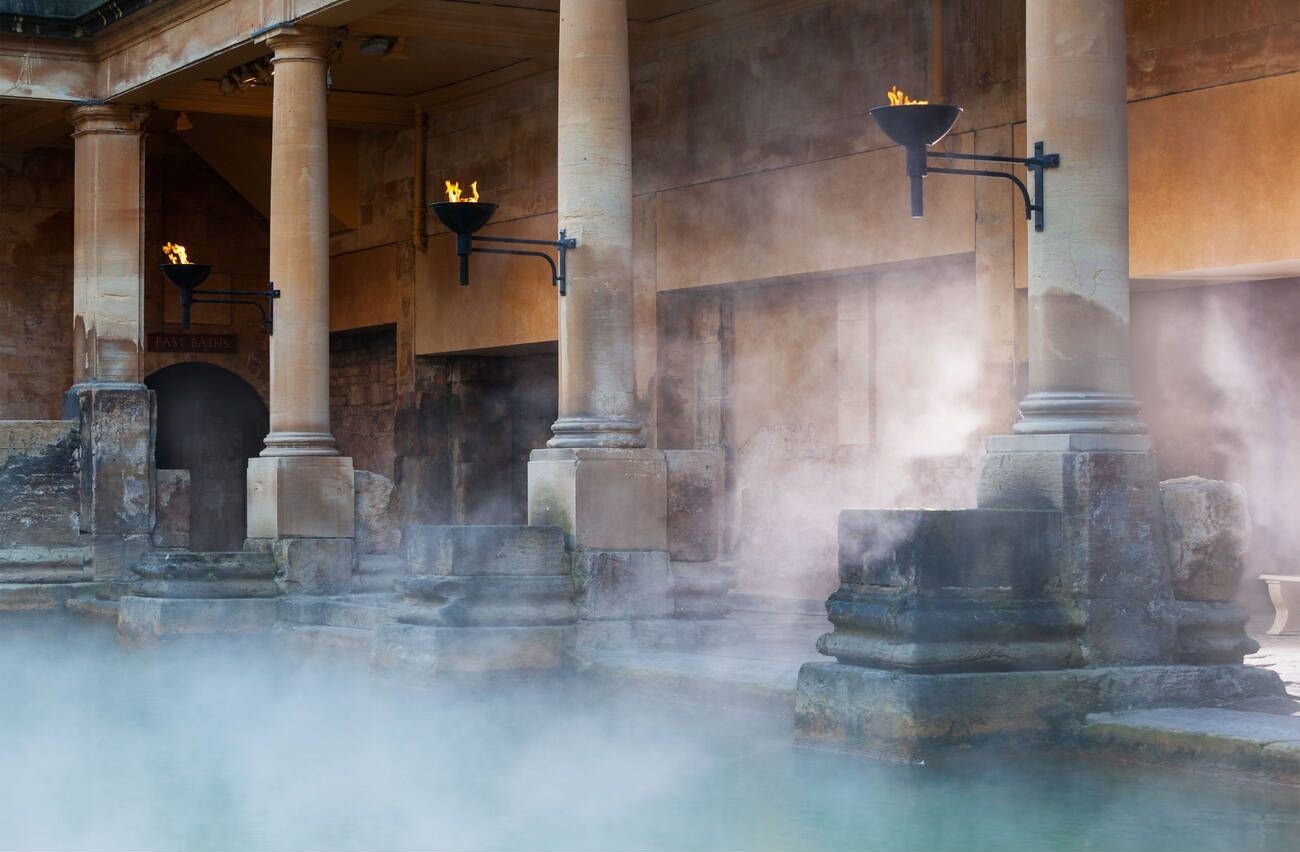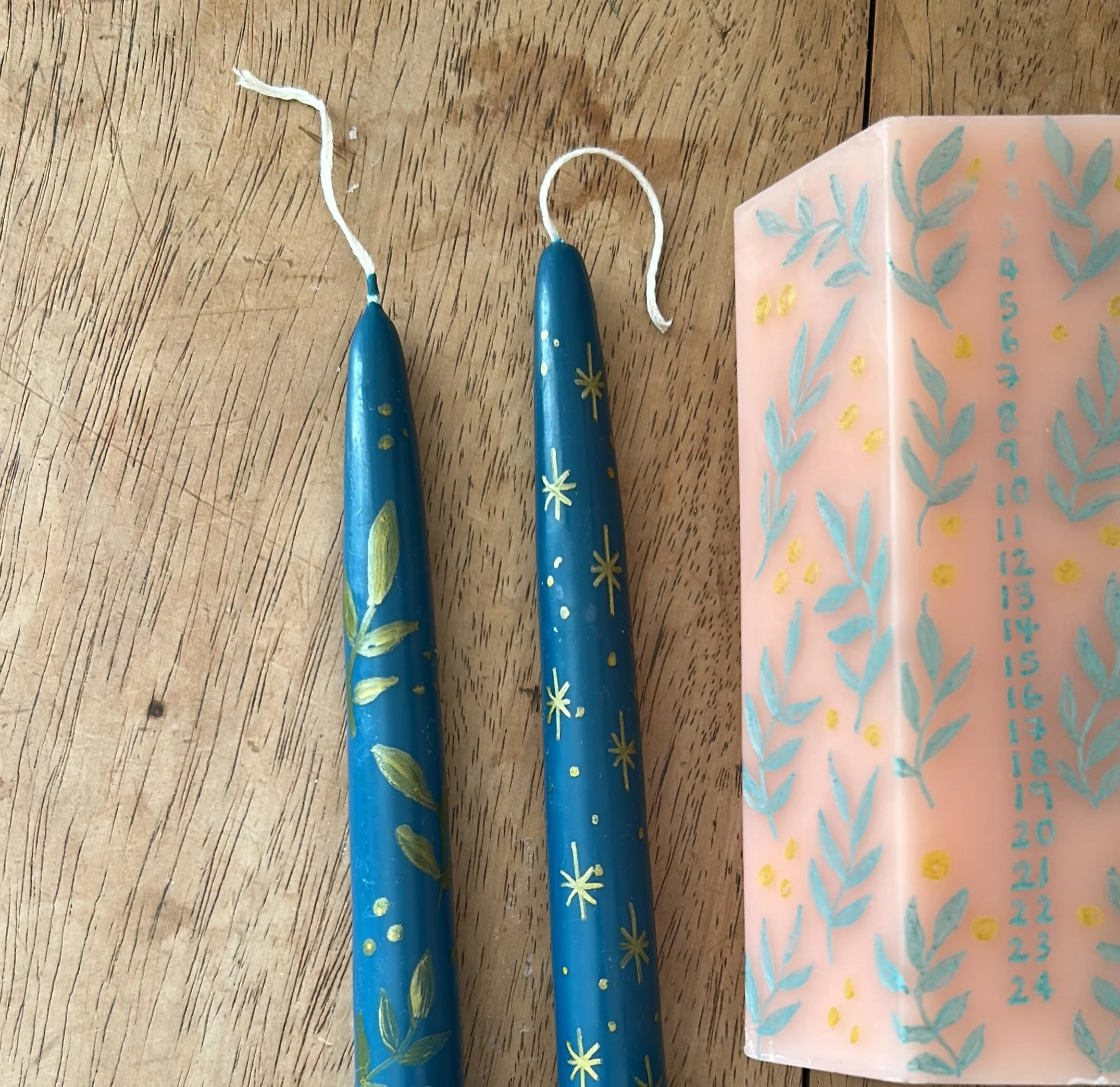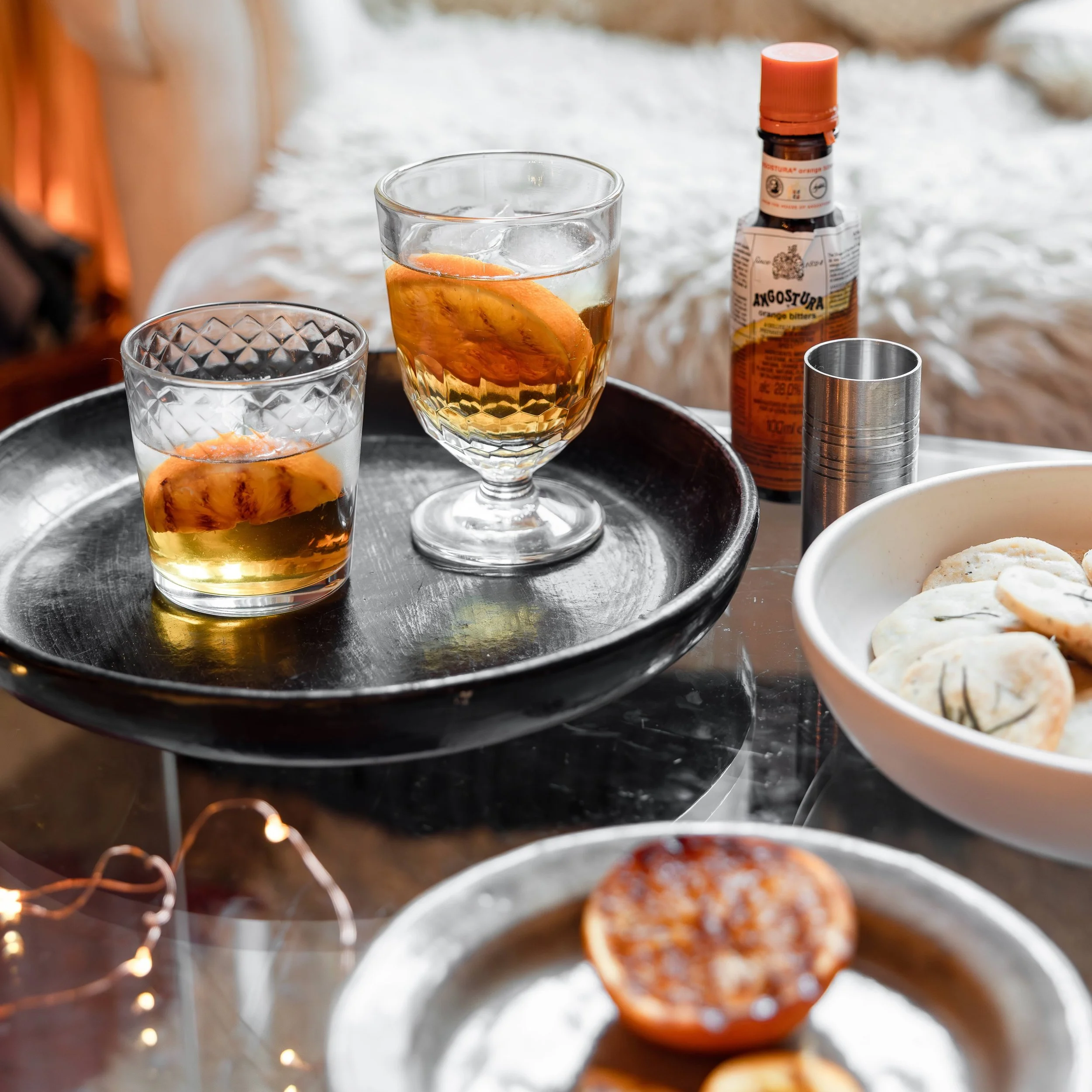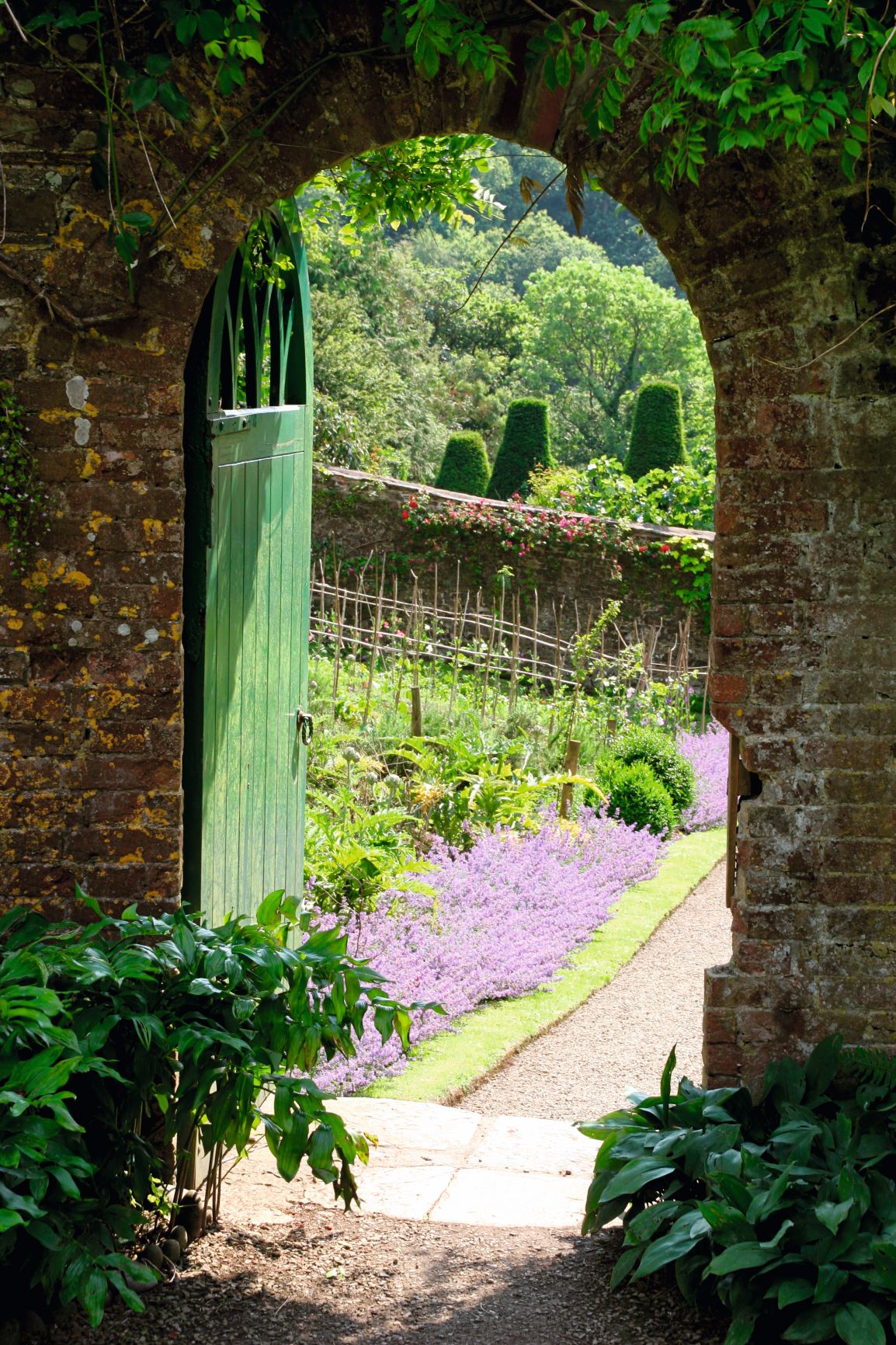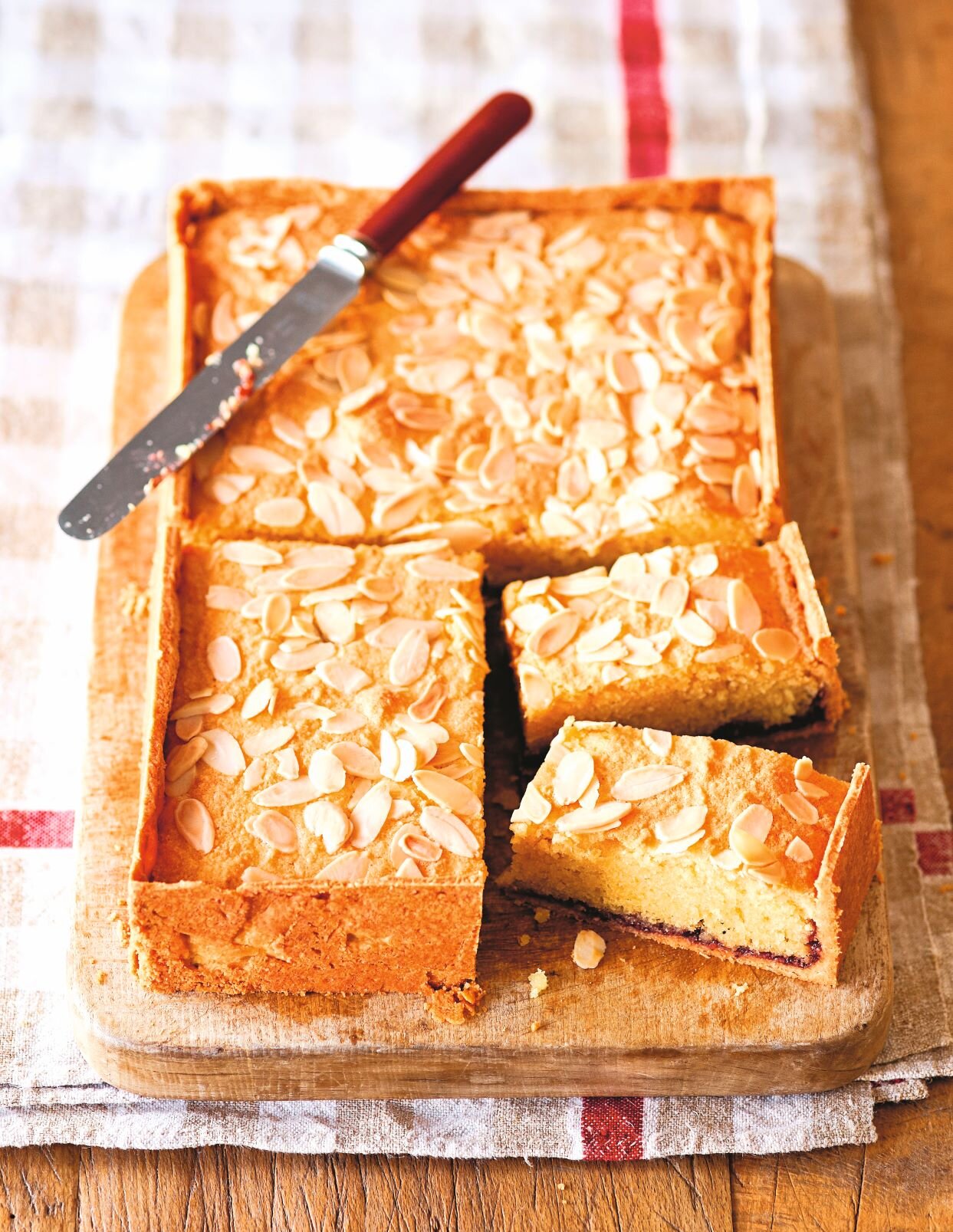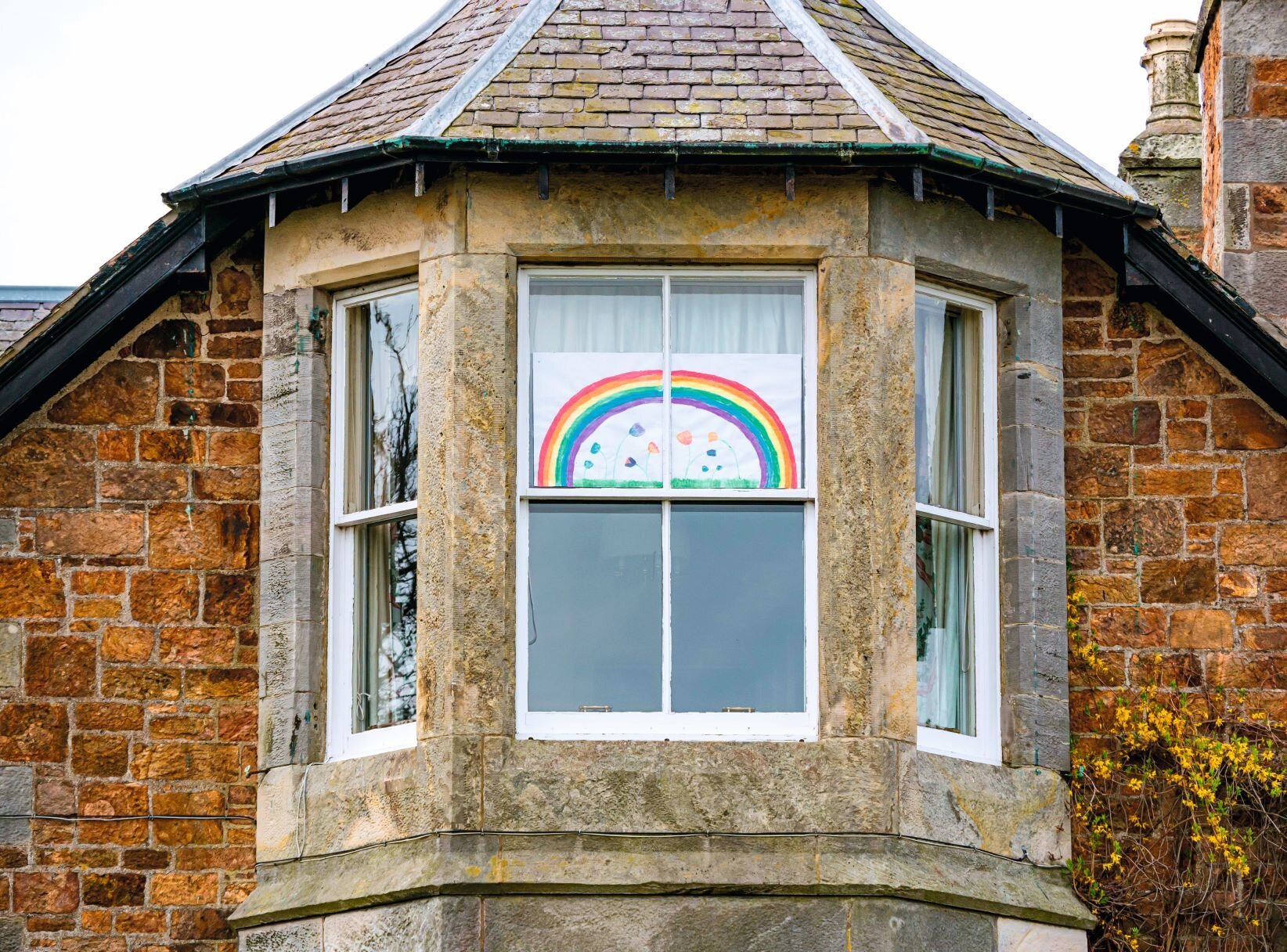Tiny things hold a special sort of charm. It’s no wonder dolls’ houses have been popular for centuries. Join us on a journey through dolls’ houses across the years.
In the beginning
No one is quite sure when the first dolls’ house was created but it may be as early as the 16th century and the earliest were likely made in Germany. Probably originally known as ‘dockenhaus’ or ‘miniature houses’, these were not toys, but statements of wealth. In Holland they were known as ‘cabinet houses’ and they were essentially posh storage for all your expensive treasures. They had glass fronts on hinges, and inside, a rabbit warren of ‘rooms’ in which to display your precious and tiny things.
Dolls’ houses in education
Their next incarnation was as an educational tool for young ladies. Dolls’ houses were an ideal way to show them how to run a household, deal with servants and generally become au fait with being the lady of the house - all in miniature. They would have contained all the usual furniture as well as brooms, cooking pots and other practical pieces. Like Upstairs Downstairs but REALLY small.
Baby steps
By the 18th century, the next step in the development of the dolls’ house was the ‘Baby House’, an exact replica of the owner’s home, down to the furniture in every room. Like the original cabinet houses, they were created in order to show off the owner’s fabulous wealth (but without having to let your friends nose about your actual house).
Play houses
It was not until the 19th century that dolls’ houses became objects for children to play with. And it took an industrial revolution for them to become mass-produced enough for anyone but the incredibly rich to own one. In the aftermath of World War II, manufacturers got up and running again, plastic was suddenly becoming available and many toy producers began their own dolls’ house lines, which began to sport ‘working’ parts, such as washing machines that span, doors that opened and shut and taps that turned on and off.
Life in Plastic
The 1960s to the 1990s was a bit of a boom time for dolls’ houses. With Playmobil, Barbie and other toy brands producing their own houses in increasingly different themes and styles, suddenly there was a dolls’ house for everyone. Leaving the traditional Victorian town house look behind, now you could have houses for dollies that dwelt in Miami apartments, bungalows, tree houses and more.
Dolls’ house reboot
Was it Jessie Burton’s The Miniaturist that did it? Or were dolls’ houses in all their tiny glory just always waiting in the (miniature) wings, ready to return to popularity? Dolls’ house enthusiasts, and miniature model-makers are big news on Instagram and you could lose yourself for hours in the impossibly tiny worlds of accounts such as @daily mini, @theclaykitchen and @nunushouse.
If you’re inspired to see more tiny things, The National Trust website has a list of their properties that feature dolls’ houses for you to visit. You might also like to read our Modern Eccentrics feature ‘The Miniaturist’ in our September issue, which features Elizabeth Joseph, Resident Miniaturist at London’s Museum of the Home.






